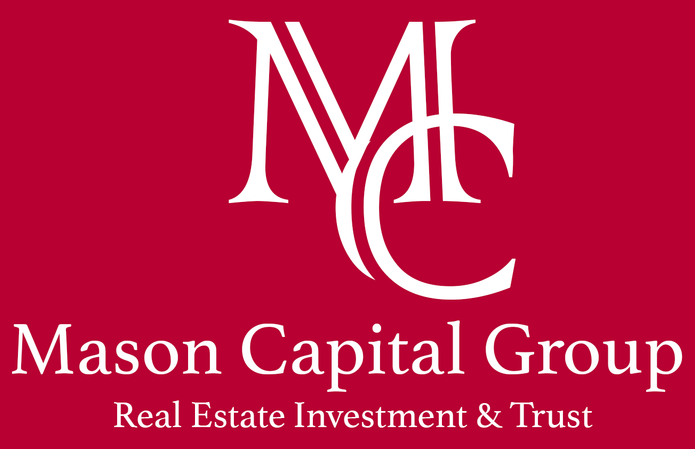Next Fed Meeting: When It Is In December And What To Expect

Next Fed Meeting: When It Is In December And What To Expect
As we approach the end of the calendar year, the focus of economists, investors, and policymakers alike turns to the final Federal Reserve meeting of the year. Scheduled for December, this meeting holds significant weight in shaping monetary policy heading into the new year. Understanding the implications of this meeting is crucial for anyone interested in the economy and its trajectory.
Overview of the Federal Reserve's Role
The Federal Reserve, often referred to as the Fed, is the central bank of the United States. Its primary responsibilities include managing monetary policy, regulating banks, maintaining financial stability, and providing banking services. The decisions made during Fed meetings can have widespread effects on the economy, influencing interest rates, inflation, and overall economic growth.
When is the Next Fed Meeting?
The next Federal Open Market Committee (FOMC) meeting is set for December 12-13, 2023. This meeting will be closely watched by market participants and analysts as it comes at a pivotal time, given the current economic conditions in the United States.
Current Economic Context
As of late 2023, the U.S. economy is experiencing a complex combination of factors that will likely influence the Fed's decisions:
- Inflation Rates: Inflation has been a persistent issue, with rates remaining above the Fed's long-term target of 2%. The latest Consumer Price Index (CPI) data shows inflation is still elevated, prompting the Fed to consider its next steps carefully.
- Employment Situation: The labor market remains robust, with unemployment rates near historic lows. However, there are signs of a potential slowdown in job growth, which could influence the Fed's outlook.
- Global Economic Conditions: International factors, such as geopolitical tensions and supply chain disruptions, continue to impact the U.S. economy. The Fed must weigh these external pressures when formulating its policy decisions.
What to Expect from the December Meeting
As the December meeting approaches, analysts predict several potential outcomes based on current economic indicators and recent statements from Fed officials:
Interest Rate Decisions
The most anticipated aspect of the December meeting is the decision regarding interest rates. After a series of rate hikes throughout 2023 aimed at curbing inflation, market expectations are divided on whether the Fed will pause further increases or implement another hike. The following factors will likely play a critical role in this decision:
- Inflation Trajectory: If inflation shows signs of moderating, the Fed may opt to maintain current rates, signaling a cautious approach toward further tightening.
- Economic Growth Indicators: Should GDP growth projections remain strong, the Fed might consider an additional rate hike as a means to ensure inflation doesn't spiral out of control.
Forward Guidance and Communication
The Fed's communication strategy is crucial in shaping market expectations. During the December meeting, the FOMC is likely to provide forward guidance on future monetary policy. This guidance will be key in helping investors and analysts gauge the Fed's long-term strategy regarding interest rates and economic support.
Market Reactions to Fed Announcements
Market reactions to Fed announcements can be swift and significant. Historically, changes in interest rates have immediate effects on stock markets, bond yields, and overall investor sentiment:
- Stock Market: A decision to raise rates could lead to volatility in the stock market as investors reassess the valuations of equities in a higher interest rate environment.
- Bond Markets: Changes in interest rates directly impact bond prices. An increase in rates typically leads to lower bond prices, while a pause or cut can boost prices.
Economic Outlook Beyond December
The outcomes of the December meeting will set the tone for the Fed's policy path in 2024. It is essential to consider several scenarios:
- Continued Tightening: If the Fed opts to continue tightening, we may see longer-term impacts on borrowing costs for consumers and businesses, potentially slowing economic growth.
- Stabilization: A pause in rate hikes may signal that the Fed believes inflation is under control, which could foster a more stable economic environment conducive to growth.
- Recession Risks: The Fed must also navigate the risks of a potential recession. If aggressive rate hikes lead to significant economic slowdowns, the Fed may need to pivot quickly to support the economy.
Conclusion
The upcoming December Fed meeting promises to be a pivotal moment for U.S. monetary policy. With inflation concerns, a robust labor market, and global economic uncertainties, the decisions made during this meeting will have lasting implications for the economy in 2024 and beyond. Investors, economists, and policymakers will be closely watching for signals from the Fed as they prepare for the challenges and opportunities ahead.
In summary, understanding the Fed's actions and the broader economic context is crucial for navigating the financial landscape. As we near the December meeting, staying informed and analyzing the potential outcomes will be key for anyone impacted by the decisions of the Federal Reserve.




